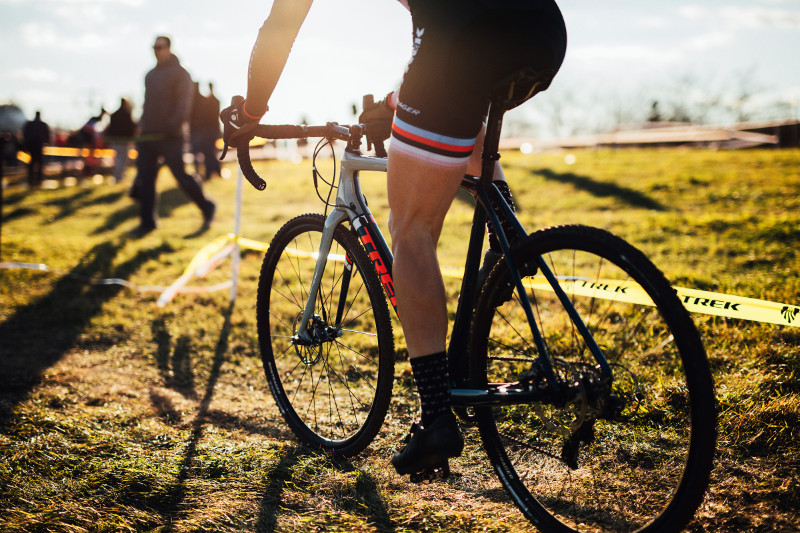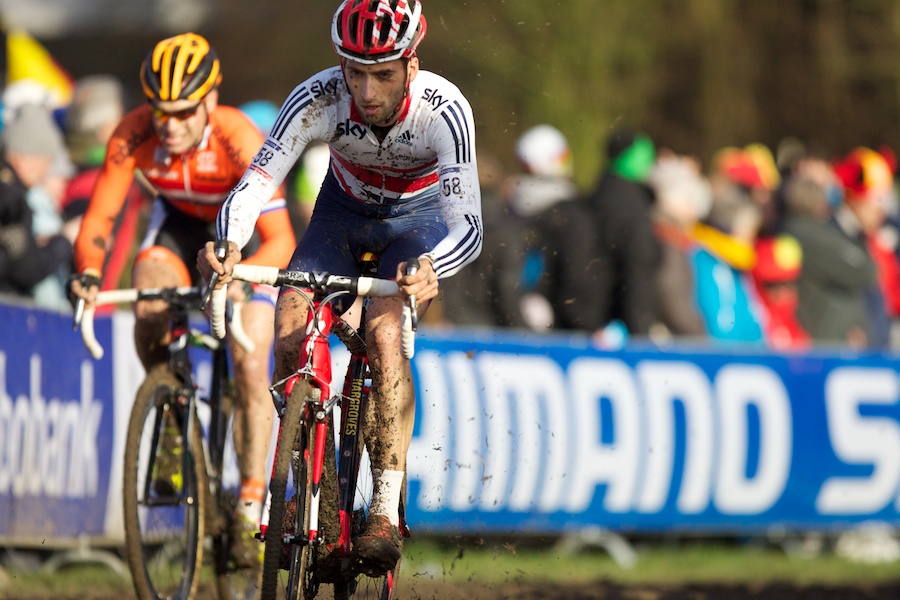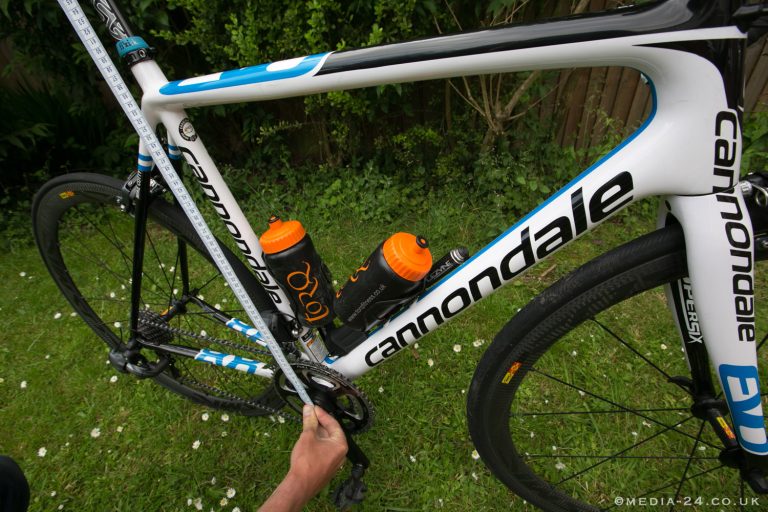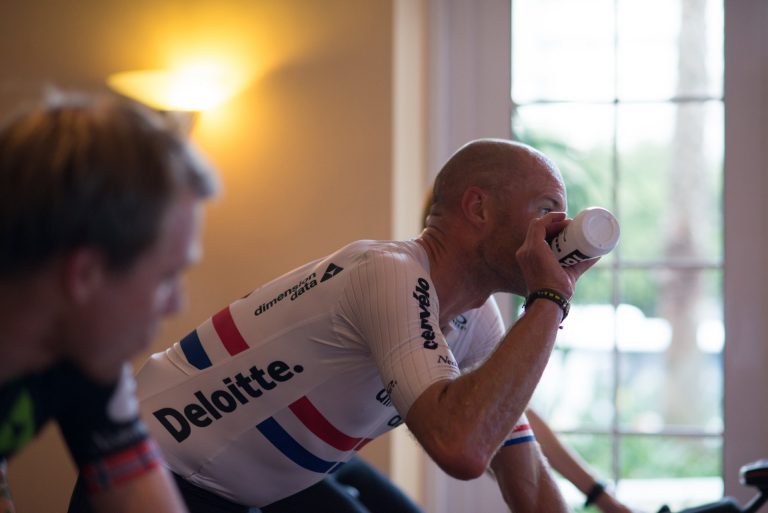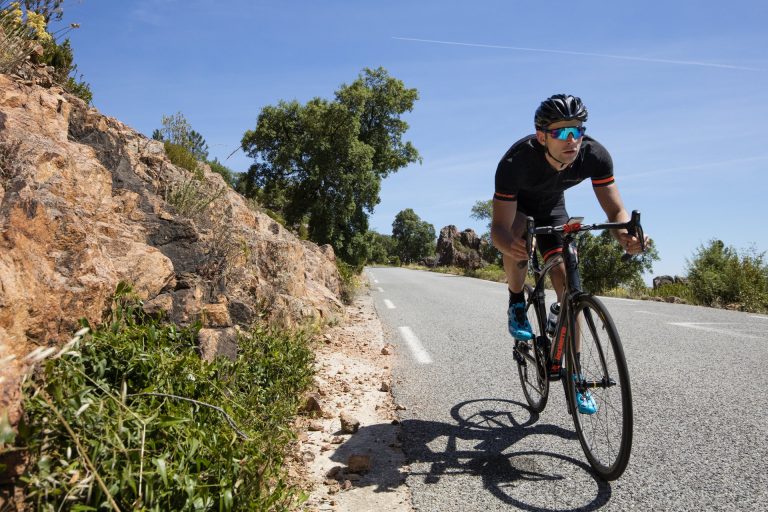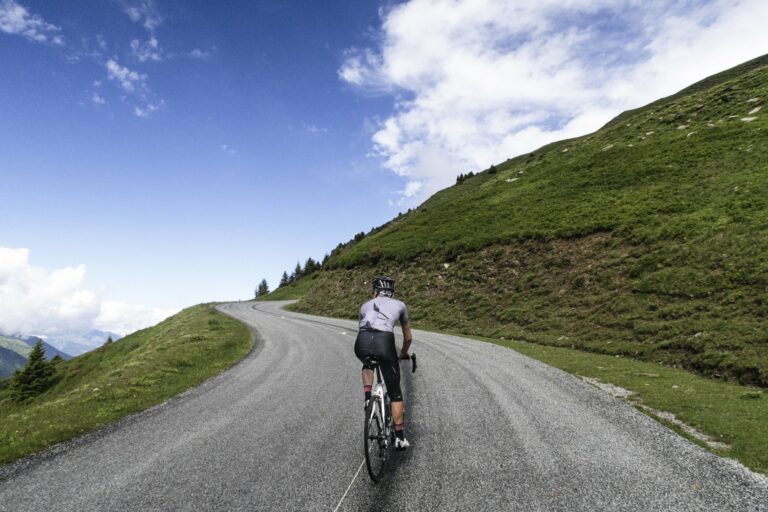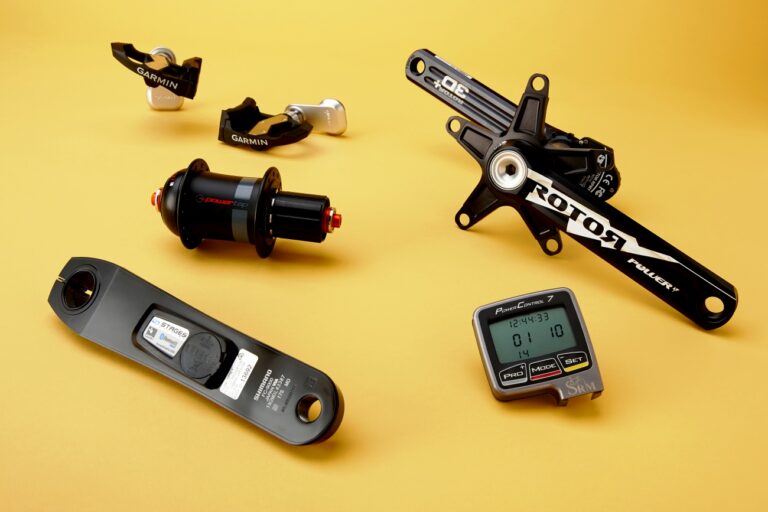Cyclo-cross skills
Cyclo-cross is a challenging discipline not only because of the intense effort required, but also the skills needed to negotiate technical courses. As a result, this session is really important regardless of your skill level, but it’s also one often forgotten by riders. The goal can be either to stay sharp if you feel you have already got a good skill level, or to work on specific skills if you feel that there are areas you need to improve on.
I find the best way of doing this session is to pick three different skills, whether that be clipping in at the start of a race for a standing start sprint, dismounting and remounting, run-ups (running with your bike uphill) or cornering.
– Buyer’s guide: cyclo-cross bikes –
After a warm-up, practice the first skill ten times, then work on the second ten times and finally the third – again, ten times. Then give yourself five minutes to think about what improvements you need to make, what you might need to change and what you are doing well. Then return to the first skill to put those points into practice, before repeating this with the second and third skill.
How many times you go through this process is limited by how much time you have, but I would always recommend you run through each skill at least twice to reinforce the muscle memory you are building up.
I always do this session on my race setup, if that’s applicable to you. That means my race wheels, the most applicable tyre profile for those luckily enough to have a choice, and race tyre pressure. This ensures that as well as honing your skills, you are also becoming more accustomed to riding your race bike. Come race day, everything will feel natural.
The session
Before you go out decide upon three skills to practice
Ten minutes warm-up in zone two (I would normally ride a few laps around the park and adjust my tyre pressures according to the conditions)
10 x skill one
10 x skill two
10 x skill three
Five minutes easy riding to reflect on what you are doing well and what you can improve on with each skill
Repeat the above
Cool down
